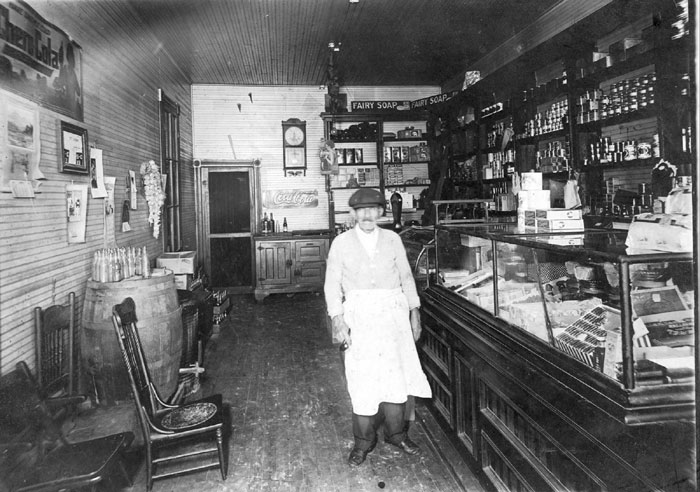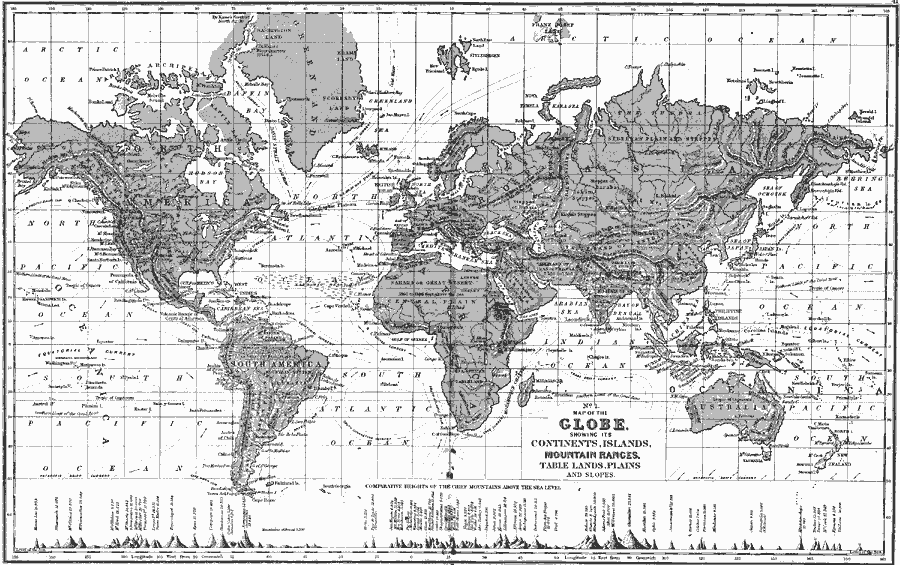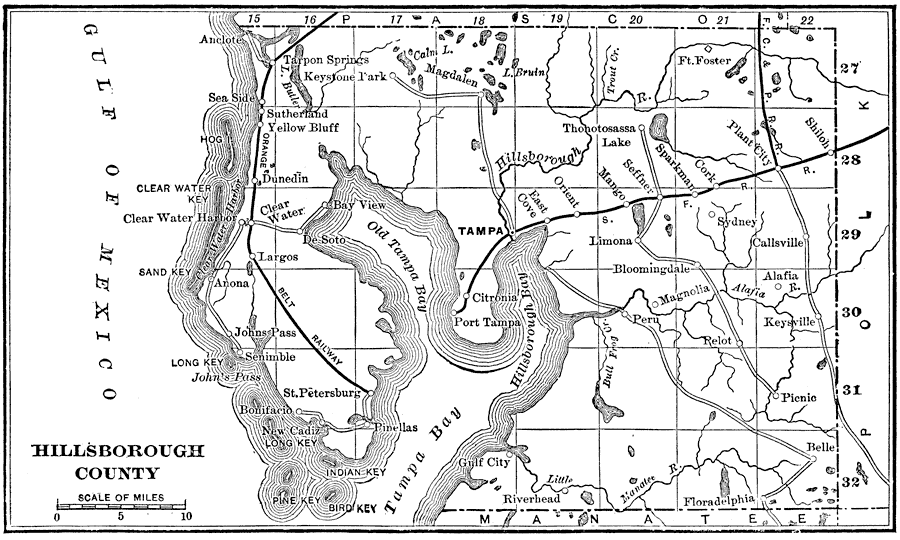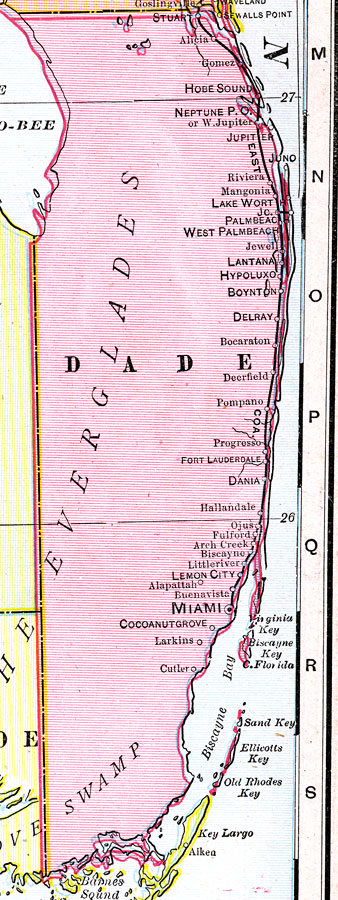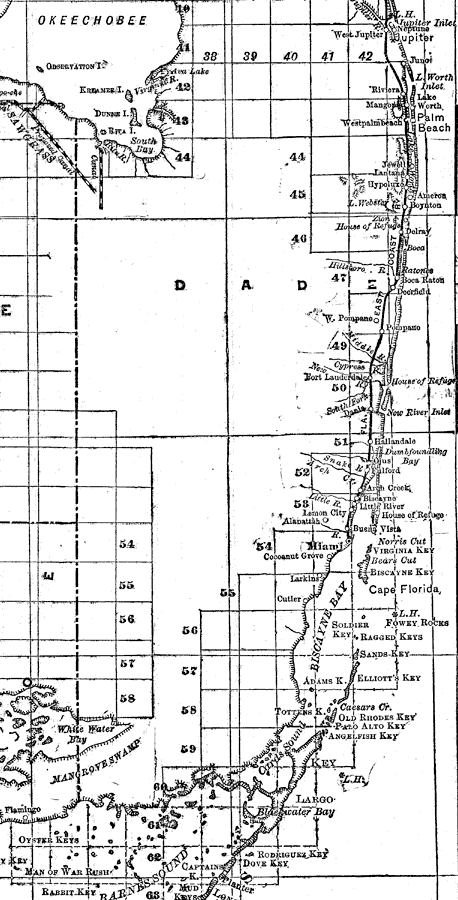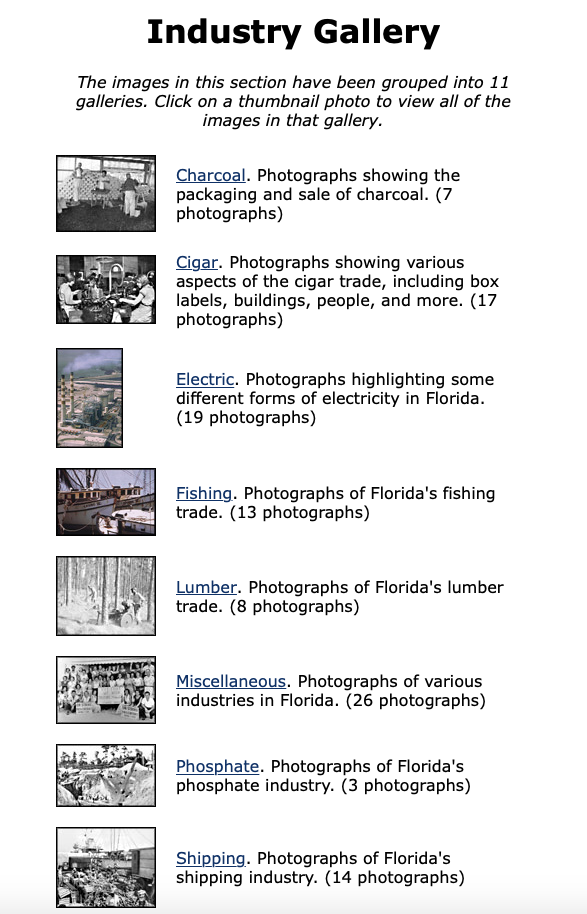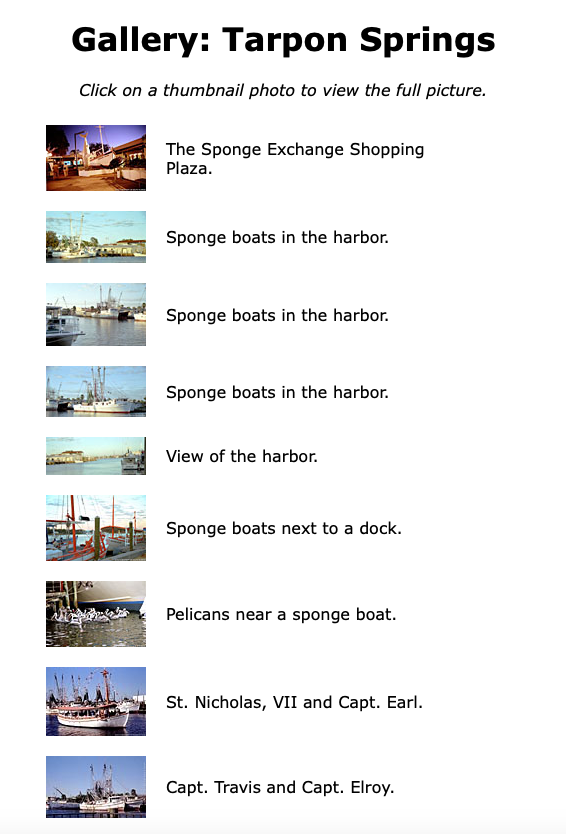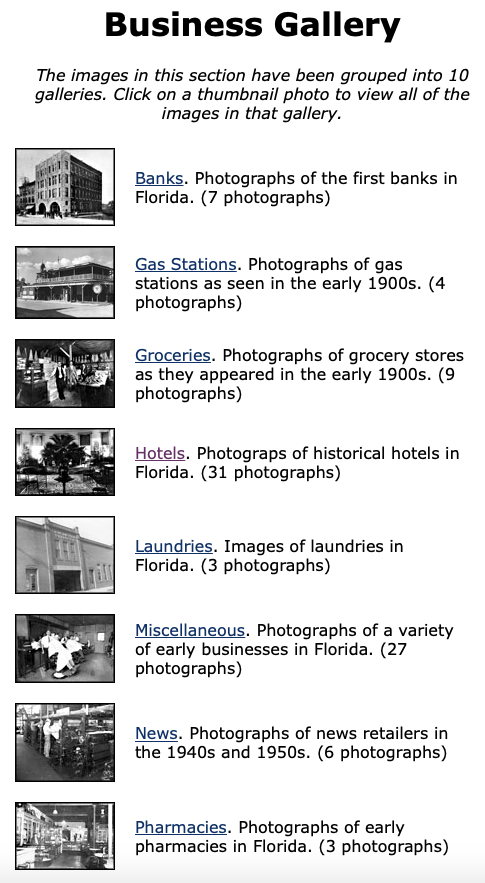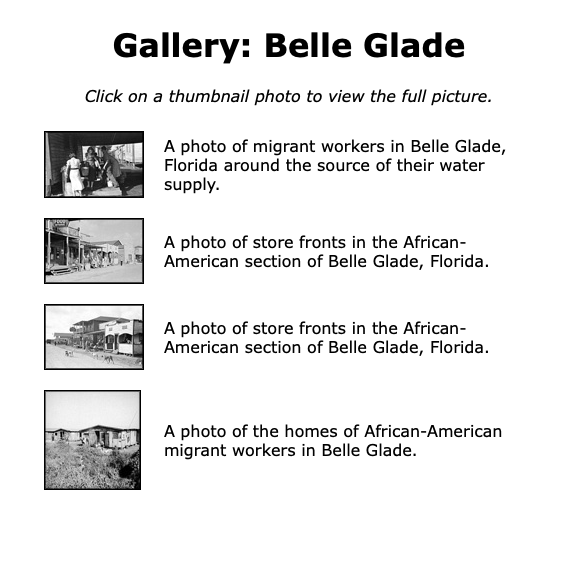This is one lesson in a new series of Trace-Based Cases, critical thinking inquiry lessons, created by the USF Stavros Center demonstrating the use of digital content in the classroom. Trace-Based Cases begin with a trace of something from the past, like an artifact, photo, painting, or other visual source. Based on research in critical thinking and questioning* Trace-Based Cases evolve through three steps of critical thinking questions: descriptive close-ended questions, analytic open-ended questions, and evaluative questions. In this inquiry, we use a variety of digital sources to research about the economic impact of migration and immigration to Florida.
Trace-Based Case: Economic Impact of Immigration and Migration in Florida
What is the economic contribution and impact of immigration to Florida?
This lesson will examine the contributions that various immigrant groups made to Florida.
Step 1: Descriptive Questions
We begin with some descriptive close-ended questions. These will include what, who, when, and where questions. These evidence-based questions provide background information to help students contextualize. However, rather than assigning these questions, work on them together with some group activities that involve a variety of sources, including: artifacts, photos, paintings, maps, charts, graphs, and written primary and secondary sources. First, provide a trace of something from the past…then we will trace immigration through time.
In this example, provide the following photo and caption, and ask: What is happening?
With the beginning of the cigar industry in 1886, Italians began to migrate to the Tampa Bay area. They initially found work in construction, laying out tracks for railroads, farming, and as porters in the cigar industry in Ybor City. Others started up their own businesses, like grocery stores, fish markets, and fruit stands.
Grocer Vincenzo Di Bona in his store at 110 Main Street, West Tampa. Italian immigrants, eager to pursue the American dream, saw small businesses, such as groceries, as a way to achieving that dream.
Photo credit: Courtesy of the Special Collections Department, University of South Florida. Digitization provided by the USF Libraries Digitization Center.
Tell students to use the image and caption to answer:
- Who is in the image?
- Where is this taking place?
- When did this happen?
When students are investigating immigration, begin with the term settlers and then distinguish between migrants and immigrants.
Settlers: People who move to live in a new place.
Migrants: People who move from one place to another to find employment and/or better living conditions.
Immigrants: People who come to live permanently from another country.
Explain to students that settlers can move to a new place and become migrants or immigrants. Have students distinguish between migrants and immigrants.
Now tell students to read “Florida: Home to a Diverse Population.”
- Who came to Florida?
- When did they migrate?
- From where did they emigrate?
Have the students locate on a map/globe the countries from which the Danish, Japanese, and Greeks came. You can also use historical world maps created in the late 1800’s and early 1900’s.
Where did they migrate in Florida? (Map of Florida) Have the students locate and mark the cities discussed in the passage on a map of Florida. The students should also add pictures associated with these cities (e.g., tomatoes near Dania, pineapples near Yamato, and sponges near Tarpon Springs).
Hillsborough County, 1890
Now read about some other new arrivals to Florida. Tell students that the purpose for reading is to search for information about migrants to Florida. Tell them to keep in mind things like dates, names, places, or other key words (i.e. settler, migrant, immigrant). They should highlight this information and discuss in small groups the impact of migrants. This can be a jigsaw activity where each group of students reads a different text and explains the impact of settlers, migrants, and immigrants to Florida, using these texts:
- Audubon
- Don Vincente Ybor
- Tarpon Springs and sponges
- St. Augustine
- Miami
- Pensacola
- Fernandina and Amelia Island
- John Muir in Cedar Keys
While students read, they add to the timeline on the board. Now ask deeper analysis questions for student discussion.
Step 2: Analysis Questions
Analysis begins with why and how questions, which explore the relationship of the parts to the whole. Now you are going to add some deeper analysis questions for students.
Why did they come?
Students discuss, using the information in the texts. Add more image-based sources so students can add to their discussions from the following galleries:
How did they get here?
Once again, students can refer to the texts. If the texts don’t provide enough information, teach students how to conduct an online search to find the answers. This can be done as a large group or individual activity. Also, you can use the gallery photos of transportation so students can see some of the means of transportation available at different times.
Step 3: Evaluation Questions
Evaluation questions considers implications, solutions, conclusions, or recommendations: What if? So what? What now? and What next?
In this case, the evaluation is a So What? Question. What was the economic impact of settlers, migrants, and immigrants to Florida? You can also have students dig deeper by having then conduct more online research and considering the following:
- What if immigrants hadn’t come?
- What is immigration like now in Florida?
- Who comes?
- How do migrant farm workers impact the economy?
Here are the Florida Social Studies standards covered in this lesson.
SS.4.A.6.2 Summarize contributions immigrant groups made to Florida.
SS.4.A.8.2 Describe how and why immigration impacts Florida today.
*In order to create Trace-Based Cases, we researched good critical questioning techniques, such as: the Model to Generate Critical Thinking from Plymouth University, the Question Finding Technique (QFT) from The Right Question Institute, and the New Socratic Method discussed in the Harvard Business Review. This Trace-Based Case strategy should be a guided learning process the first time through. Then, through a gradual release of responsibility, encourage students to generate their own questions, using the Model to Generate Critical Thinking.
Florida History: DBQs and Text Sets
Dr. Deborah Kozdras has worked with students from K-20 and now provides professional development and creates curriculum for K-12 educators at the University of South Florida Stavros Center.
FCIT Newsletter
Each month FCIT publishes a newsletter with short articles on teaching and learning with technology, using digital content in the classroom, and technology integration. Subscribe today! The subscription form will open in a new window. When you have subscribed, you can close the new window to return to this page.

